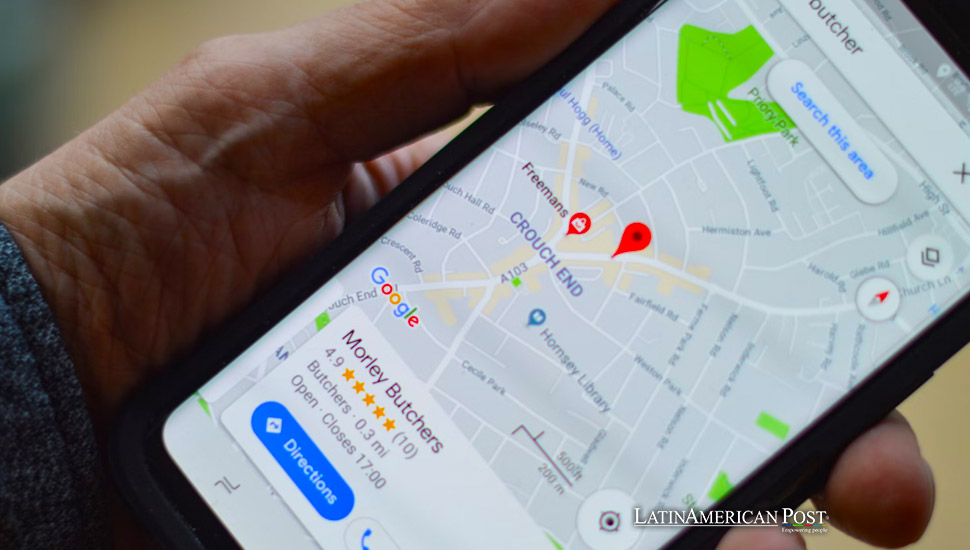

Indian ride-hailing company Ola has announced that it has stopped using Google Maps and has switched to its own mapping service, Ola Maps. This move is expected to result in approximately Rs 100 crore in annual savings for the company [b26e7121]. Ola's decision to switch to Ola Maps comes after its transition from Microsoft Azure to its own AI platform, Krutim [b26e7121].
Ola's transition from Google Maps to Ola Maps is part of the company's strategy to become more self-reliant and reduce dependence on external technology providers [b26e7121]. The move aligns with Ola CEO Bhavish Aggarwal's vision of creating an indigenous tech ecosystem in India [b26e7121]. Ola has been making significant strides in this direction, with the transition from Microsoft Azure to Krutim AI Cloud being a key milestone [b26e7121]. The decision to switch to Ola Maps further reinforces Ola's commitment to developing its own technology and reducing reliance on global tech giants [b26e7121]. By leveraging its in-house mapping service, Ola aims to enhance its location intelligence capabilities and provide a seamless experience to its customers [b26e7121].
The transition to Ola Maps is expected to result in substantial cost savings for Ola. Previously, the company invested Rs 100 crore annually on Google Maps. By switching to its own mapping service, Ola can now redirect these funds towards other strategic initiatives and investments [b26e7121]. This move is particularly significant considering Ola's recent transition from Microsoft Azure to Krutim AI Cloud. Ola's decision to develop its own technology infrastructure, including mapping services, highlights its commitment to technological independence and self-reliance [b26e7121]. It also reflects the company's long-term vision of creating an indigenous tech ecosystem in India [b26e7121].
According to a recent article in The Latin American Post, Google Maps is investing in economic and tourism development in Southeast Mexico. As part of its initiatives, Google Maps has been mapping airports, highways, and public transportation systems in the region. The Tulum Airport and Oaxaca-Puerto Escondido highway have been meticulously mapped, and Mérida's public transport services have been integrated into Google Maps [f5e5ecb9]. These efforts by Google Maps aim to support regional connectivity, enhance user experience, and benefit local businesses in Southeast Mexico [f5e5ecb9].
Ola's transition to Ola Maps and Google Maps' investment in Southeast Mexico both highlight the growing importance of mapping services in various industries. Companies like Ola are striving for technological independence and self-reliance by developing their own mapping services, while global giants like Google Maps are investing in mapping infrastructure to support economic and tourism development in different regions [b26e7121] [f5e5ecb9]. These developments signify the increasing significance of location intelligence and mapping technology in today's digital landscape.